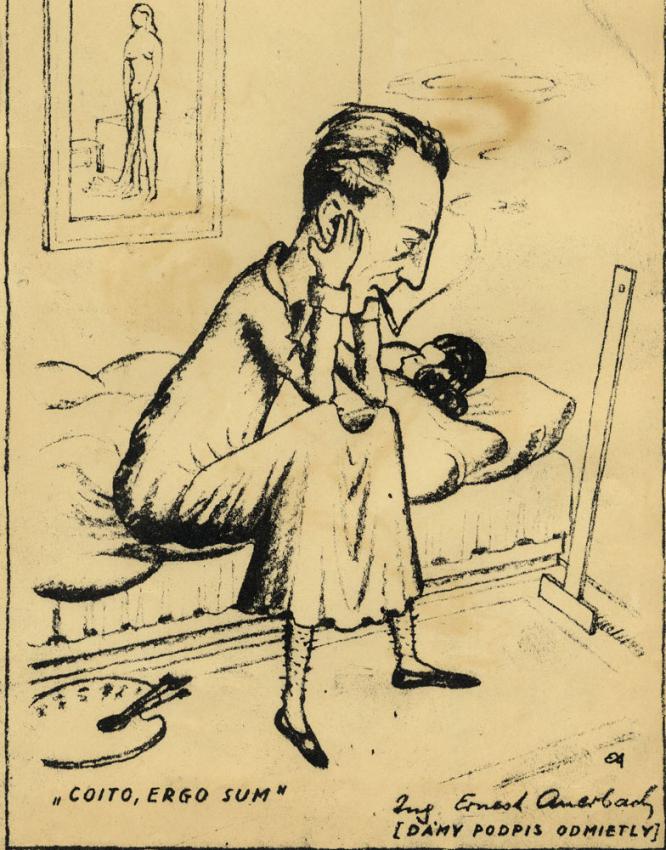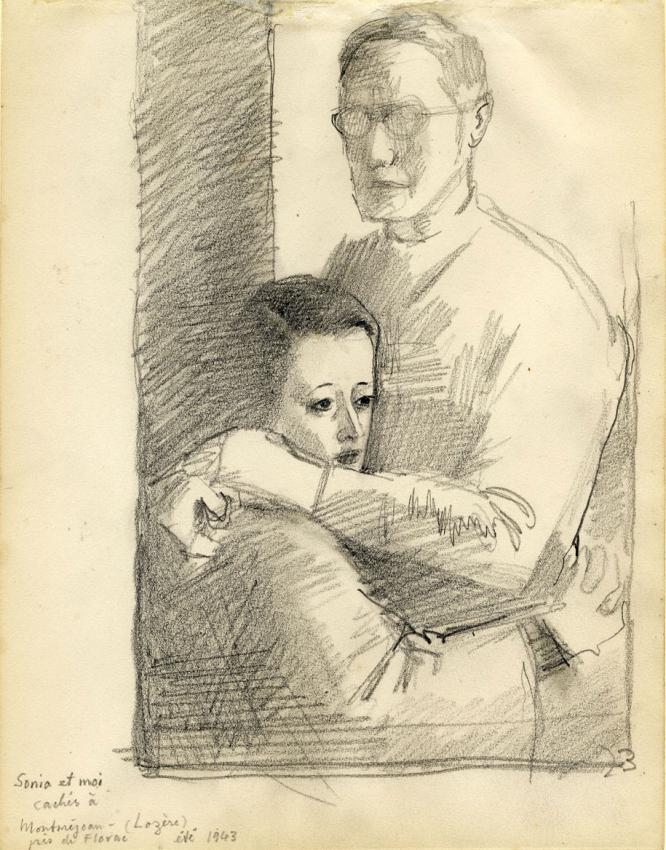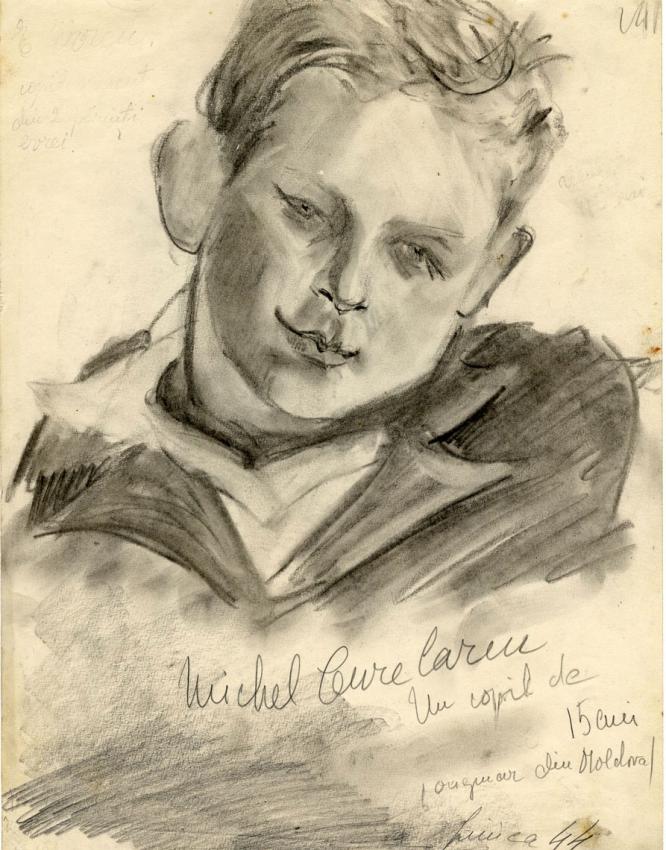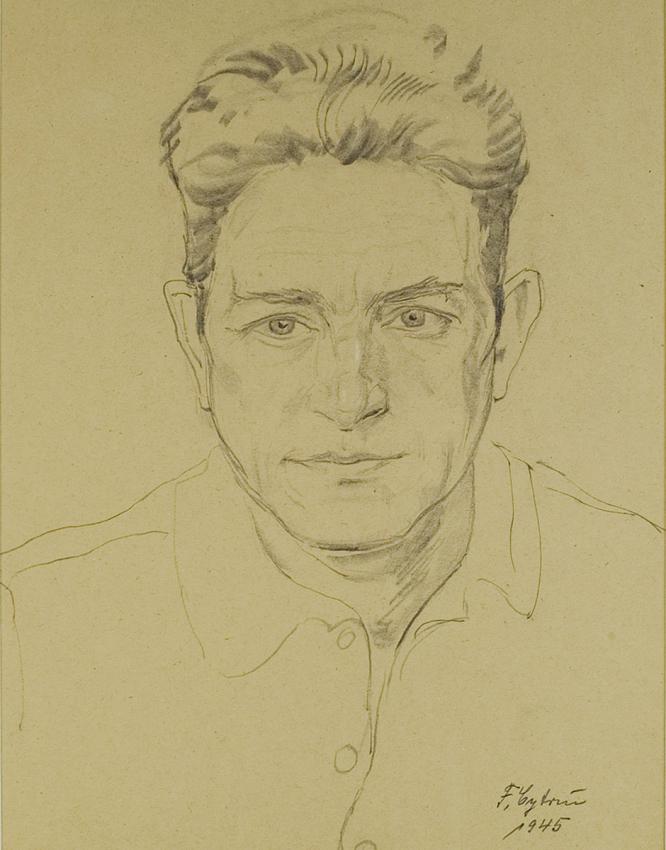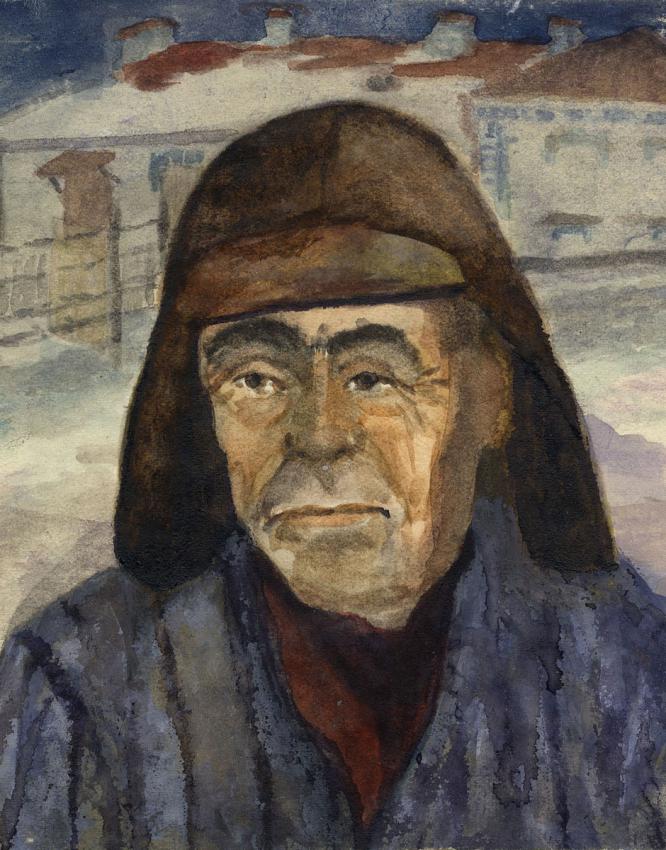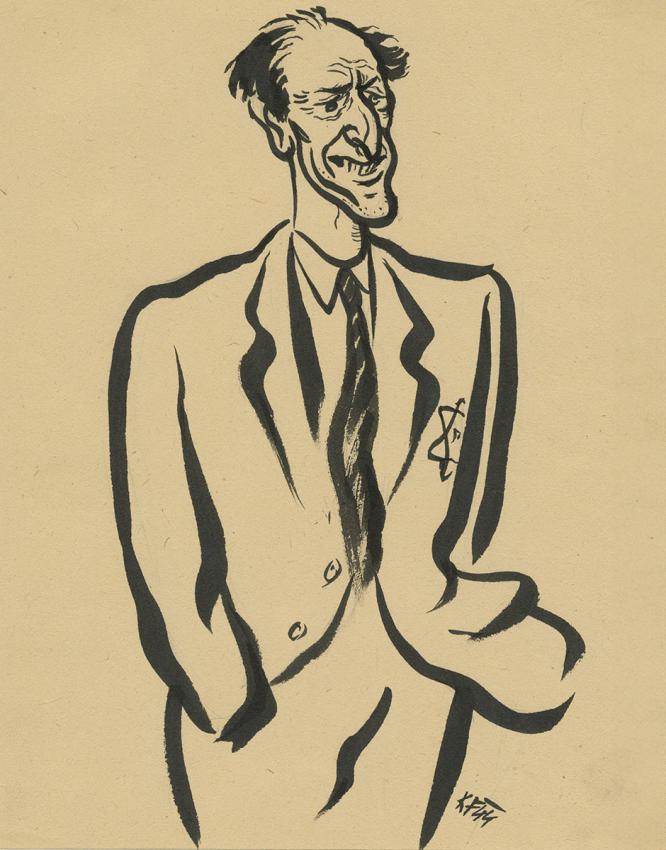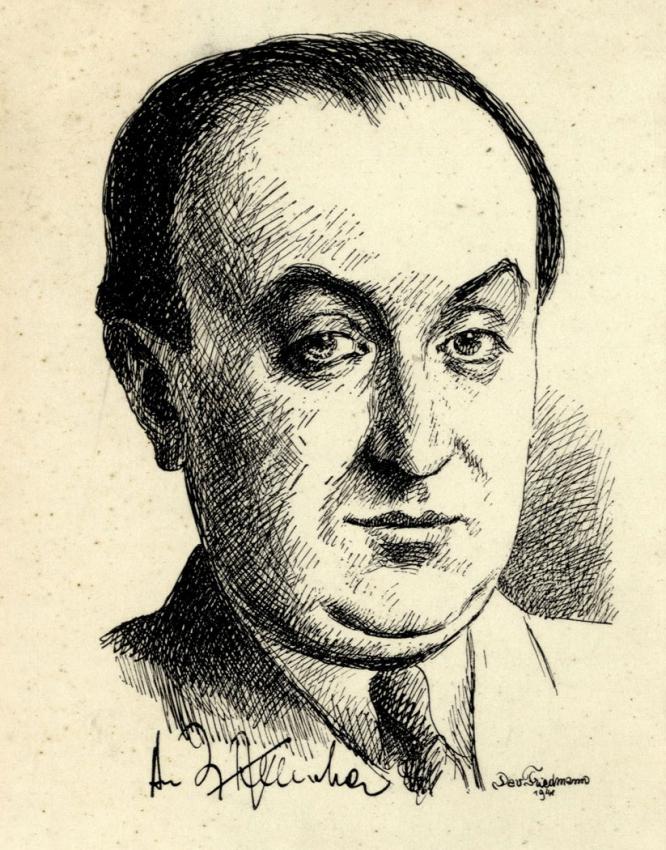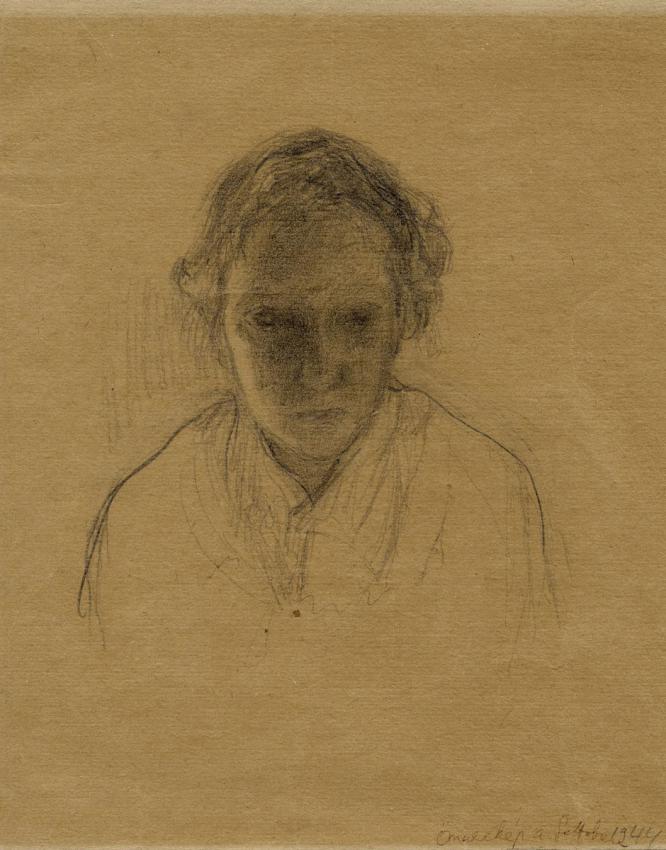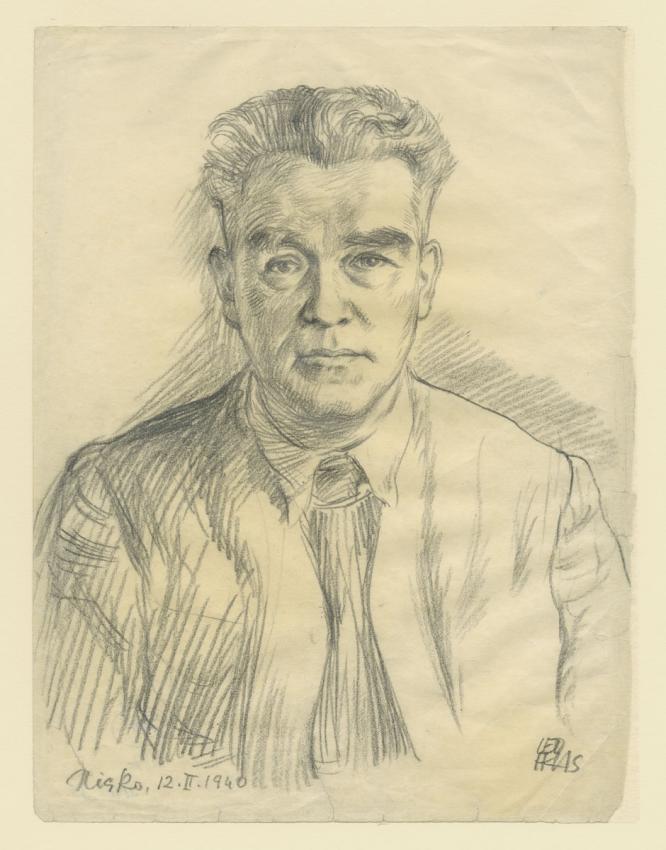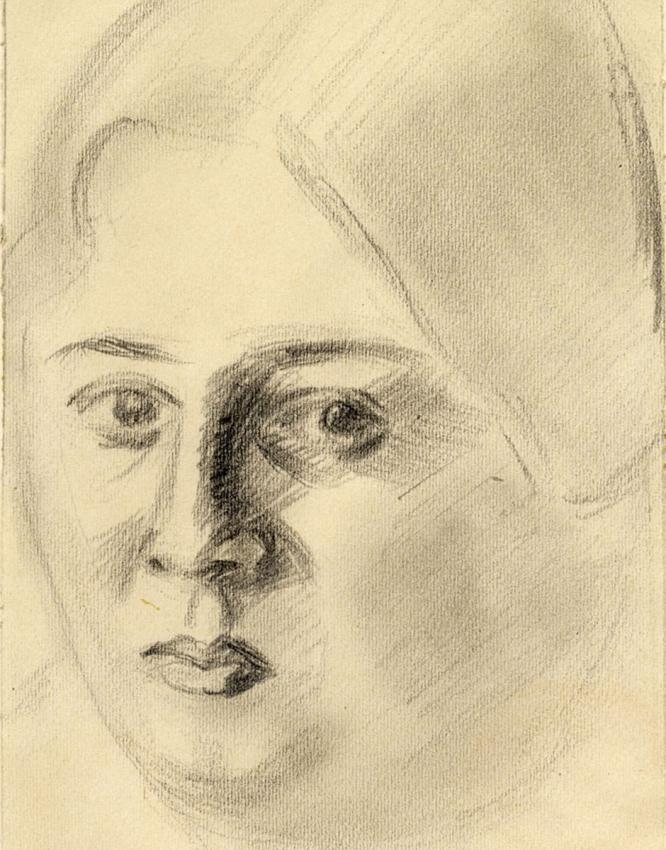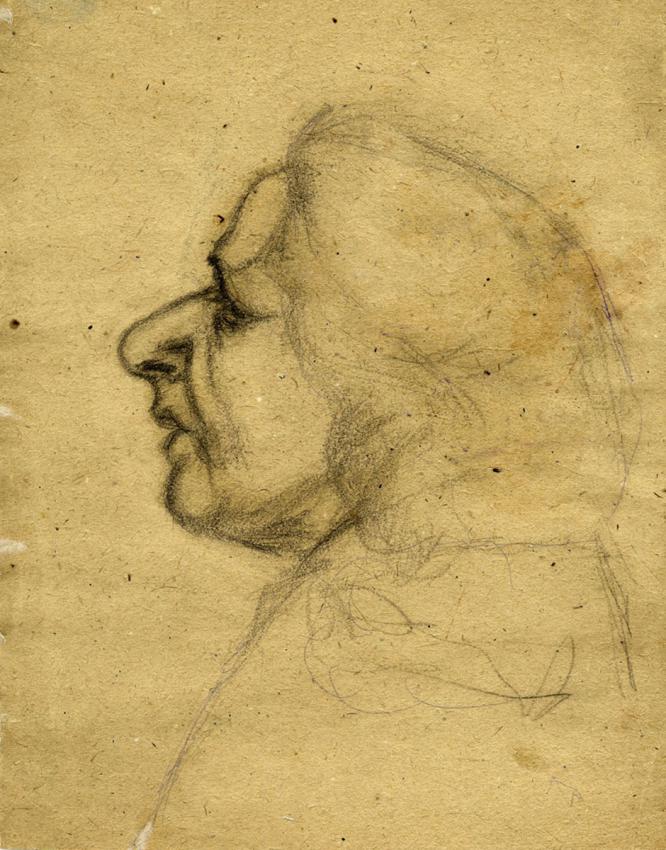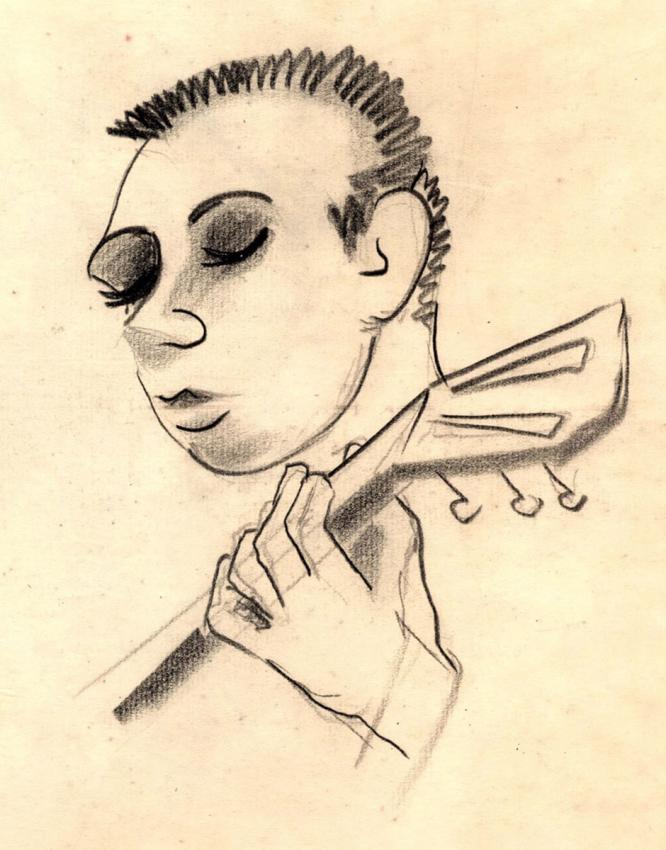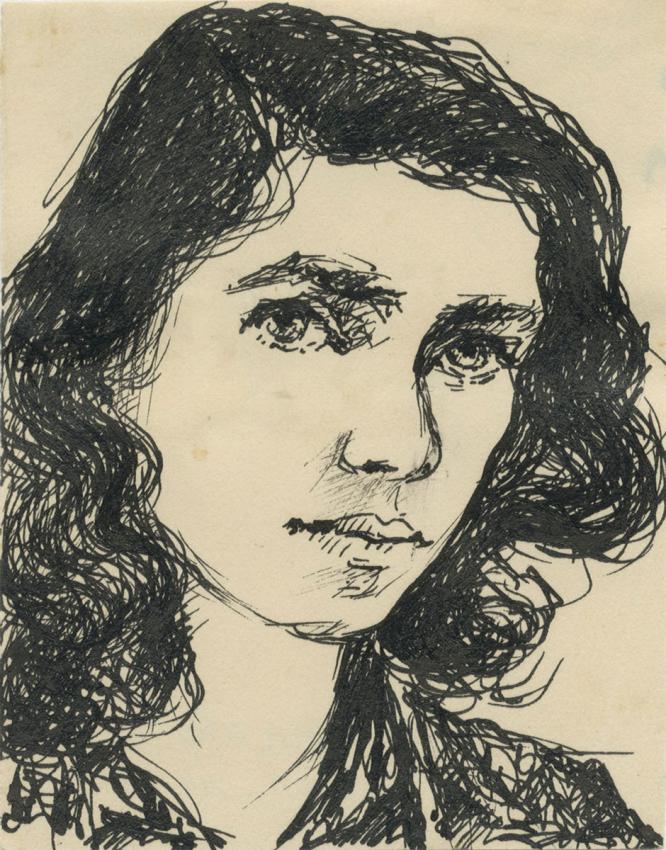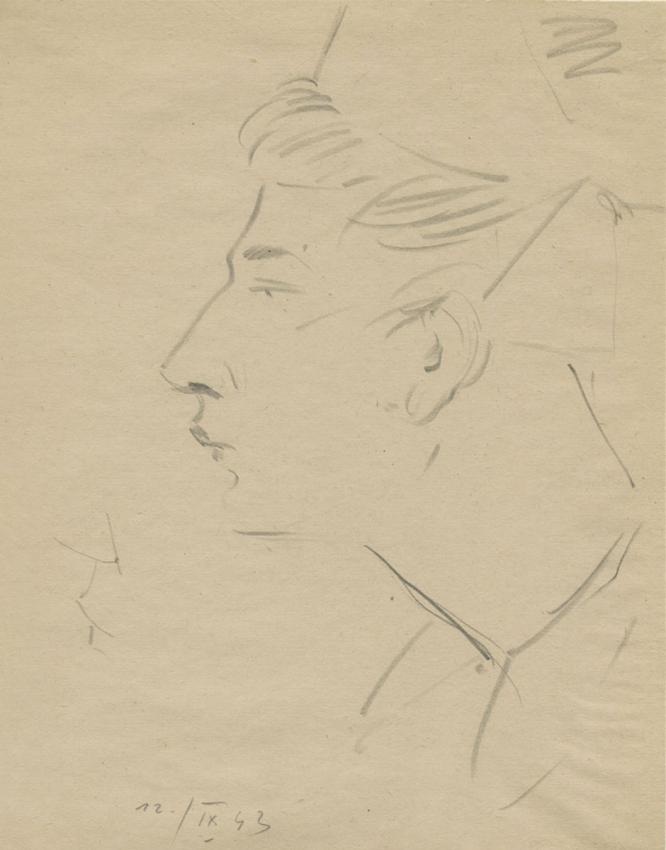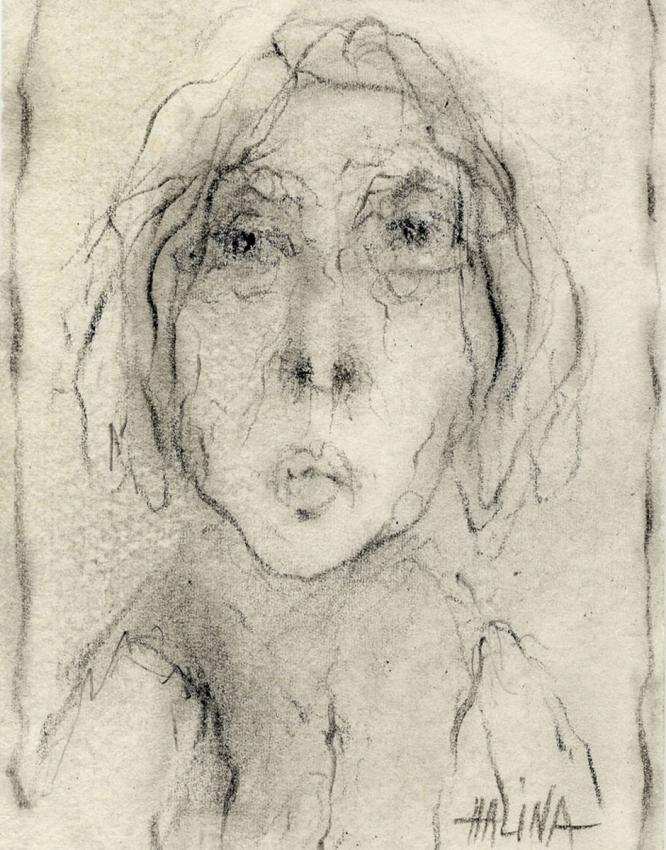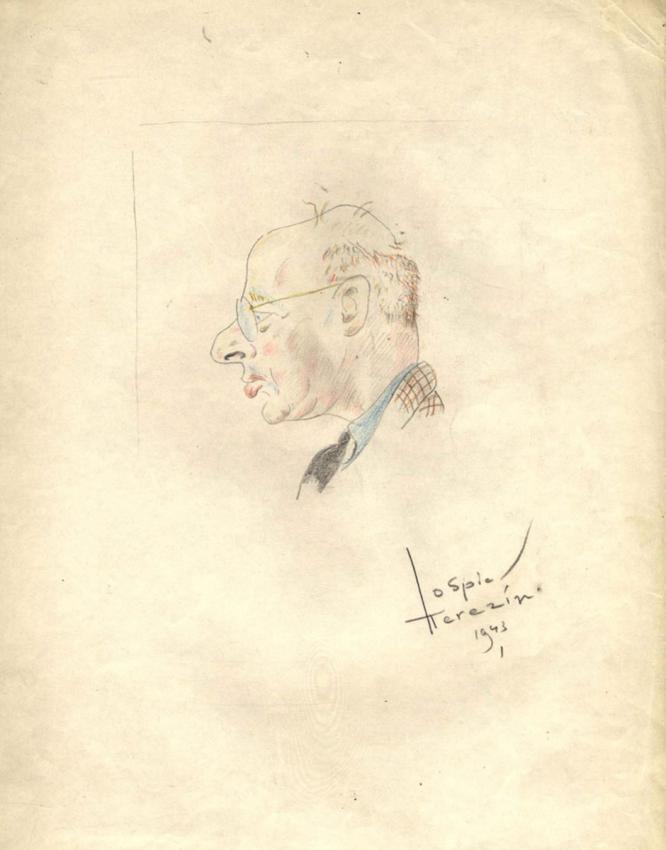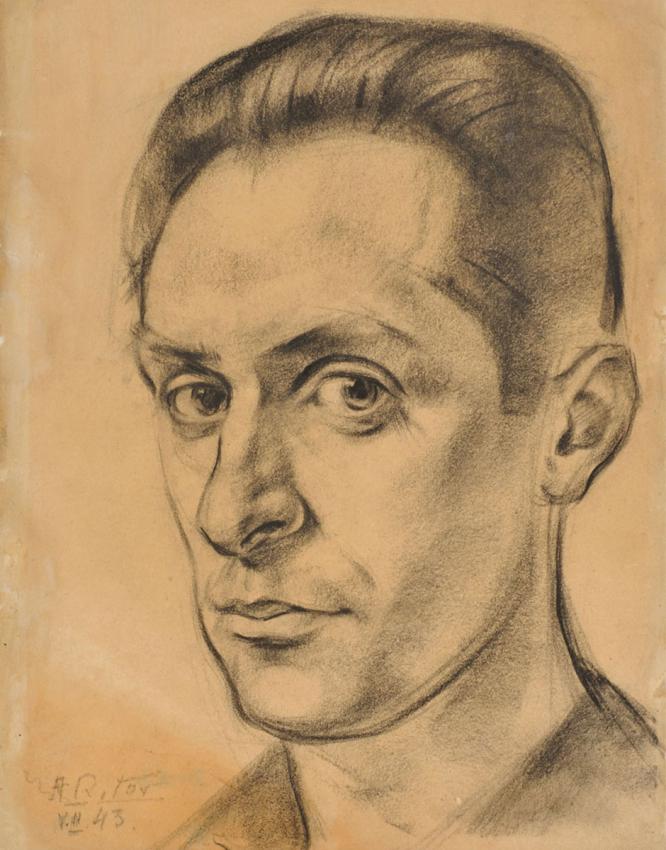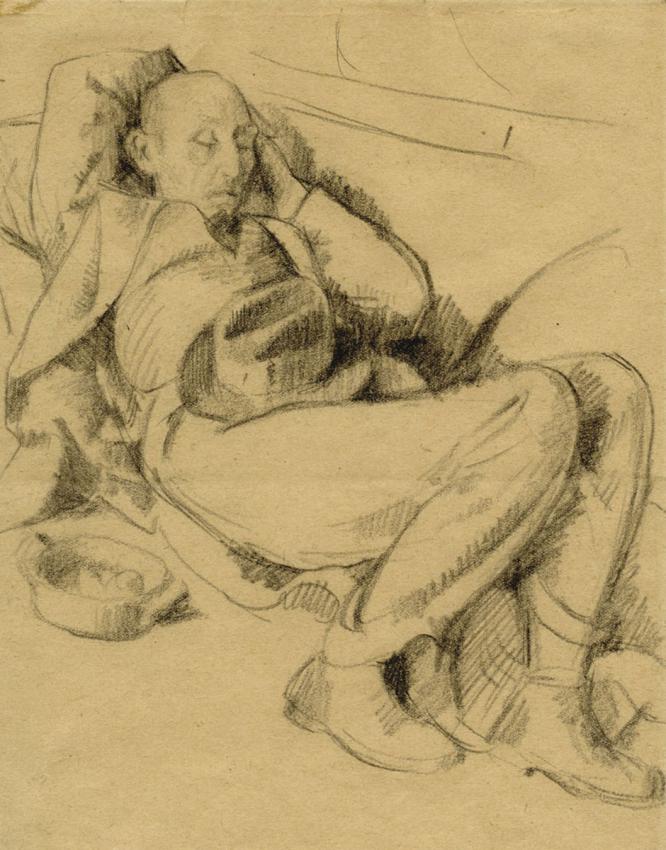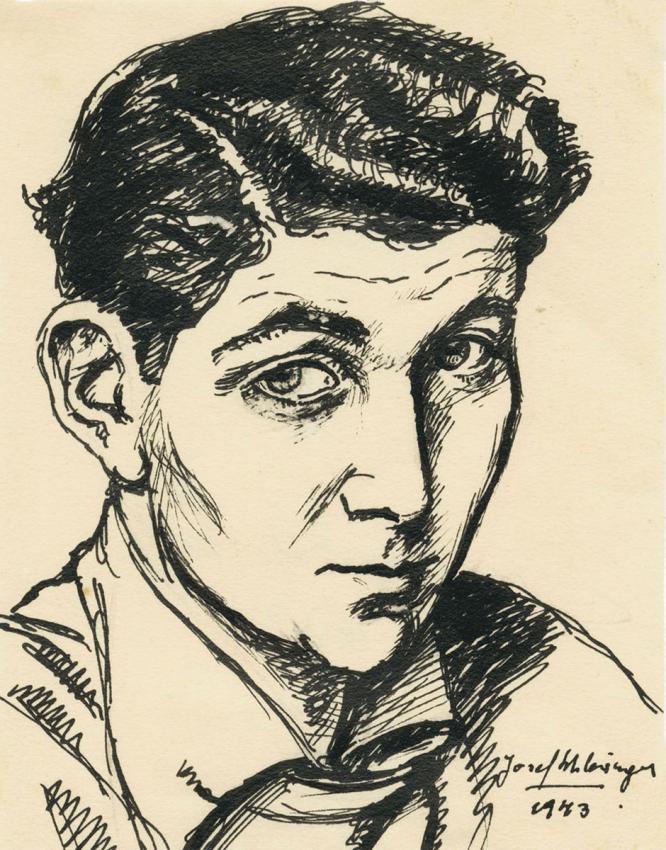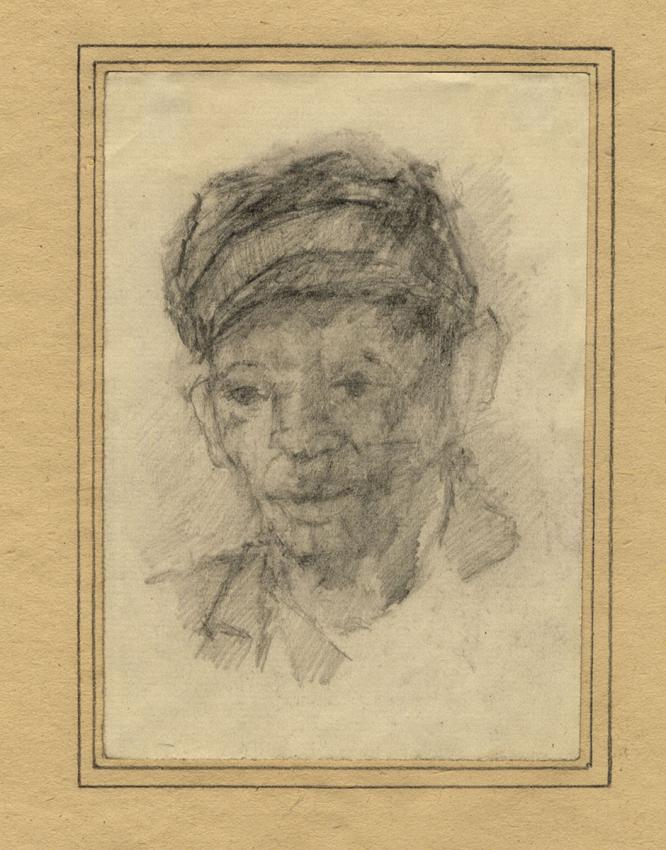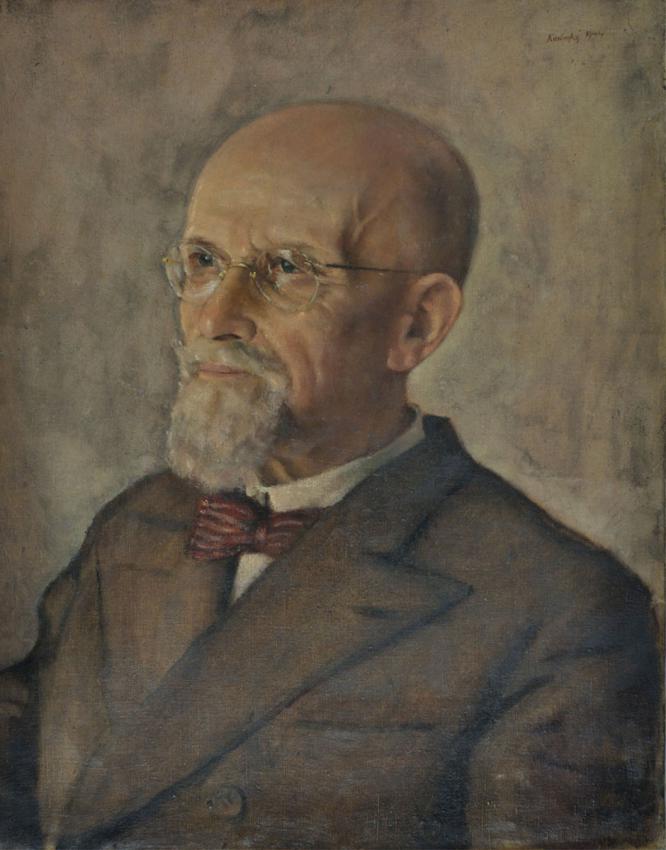The exhibition "Last Portrait" testifies to the tremendous creative drive that moved Jewish artists from different backgrounds to execute entire series of portraits, despite appalling living conditions and lacking crucial tools of the trade. With just a few lines of pencil or charcoal on paper, the artists managed to breathe life into the images of people in the shadow of death. By reproducing each individual's facial features, the artists gave him back his soul - the very quality the Nazis sought to eliminate. This did not happen in one isolated case, nor was it incidental: the phenomenon occurred simultaneously in dozens of ghettos and concentration camps throughout those terrible years.
On display are nearly 200 portraits from the Yad Vashem Art collection, all of them created by 21 artists who strove to immortalize their friends in the ghettos and camps. Each portrait in the exhibition binds together three stories: that of the subject, the artist, and the work itself. Regardless whether the artist perished or survived, the artworks that remained enable us to contemplate the faces of men, women, and children recorded in the heat of events. The result is a rare and fascinating human mosaic of individuals from different origins and backgrounds who shared the Jewish people's common fate at the darkest moment in its history.
Amazingly, the majority of the portraits do not readily disclose the fact that they were created in the hell-hole of the camps and ghettos. Most of the portraits show no outward sign of the cruelty, persecution, and abhorrent living conditions that pervaded the inmates' daily life. Indeed, had it not been for the Yellow Star, seen in a small number of works, we would not necessarily identify the subjects as Jewish, nor realize that they had been condemned to persecution or sentenced en masse to an agonizing death. The artists memorialized their brethren as they saw them, and themselves, as they would like to be remembered by future generations – not as victims, but as human beings.
Portraits from the Holocaust, as artwork from Fayum (where funerary portraits from the Roman period were discovered) or Pompeii, must inevitably churn our emotions, for we are encountering faces that have survived destruction and the tribulations of history. However, the portraits created by Jewish artists in the midst of the Holocaust bear further significance: the faces of these innocent men, women, and children, immortalized moments before their execution, serve as a painful warning of the potential for brutality and barbarism inherent in human nature.
The words of the Jewish philosopher Emmanuel Lévinas – who survived the Holocaust as a French soldier in German captivity – resonate in these portraits:
"This face of the other, without recourse, without security, exposed to my look and in its weakness and its mortality is also the one that orders me: 'Thou shalt not kill.' "
Last Portrait: Painting for Posterity was on display in the Yad Vashem Exhibitions Pavilion from January 2012 to November 2012.
Exhibition Curator: Eliad Moreh-Rosenberg
Design and production: Deborah Warschawski, Michal Sahar




